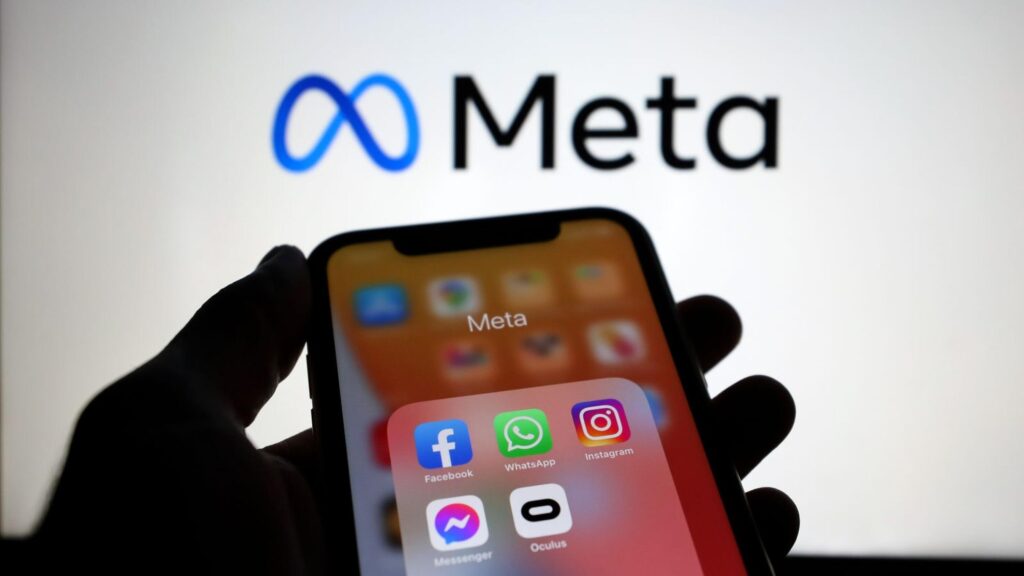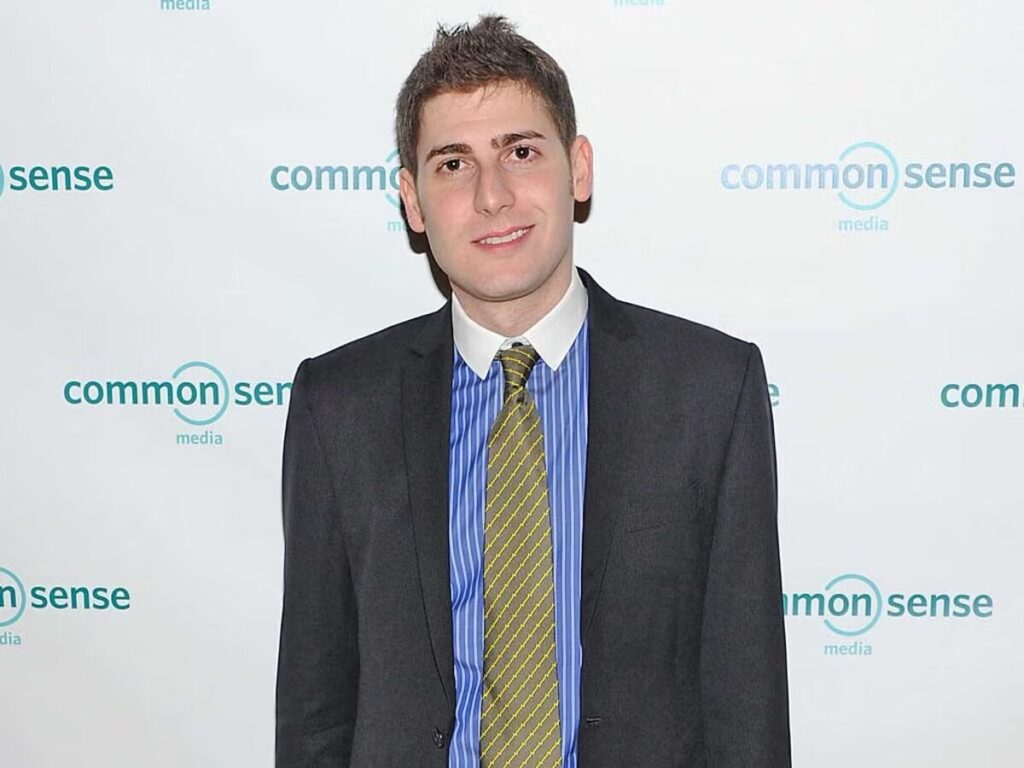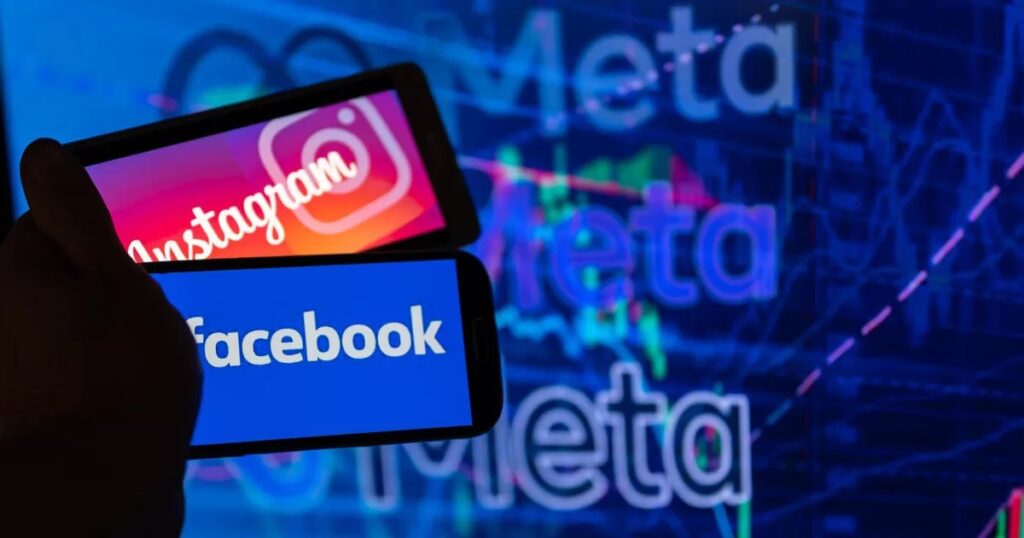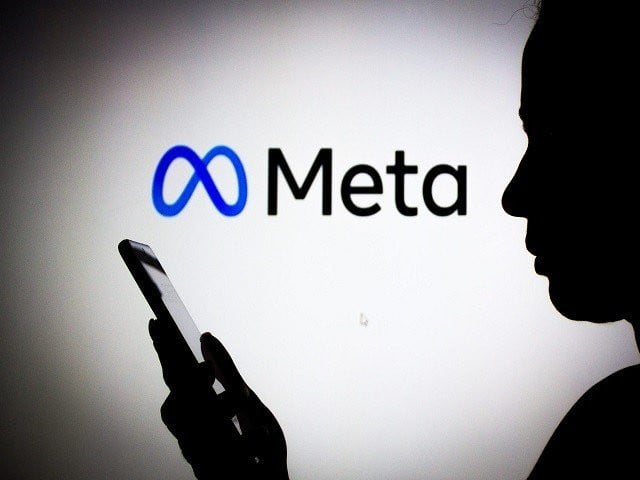Meta to Offer Ad-Free Facebook and Instagram Subscriptions in Europe
Meta Platforms Inc., the parent company of social media giants Facebook and Instagram, is set to introduce a new subscription service in Europe, offering users the option to enjoy ad-free access to these platforms. The move comes as Meta seeks to adapt to the ever-evolving landscape of data privacy regulations and user expectations in the European Union (EU), European Economic Area (EEA), and Switzerland.
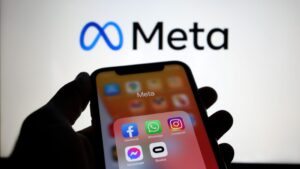
Image Source: businesspost.ie
Starting from November, European users will have the opportunity to subscribe to ad-free versions of Facebook and Instagram. There will be two pricing options available: a web-based subscription at €9.99 per month and a mobile subscription via Apple Inc.’s and Android’s operating systems, priced at €12.99 per month. This initiative marks an important step for Meta in providing its users with a choice to experience their favorite social media platforms in a new, uninterrupted way.
Meta Responds to EU Data Privacy Regulations with Launch of Ad-Free Subscriptions
The decision to introduce these subscription services is in response to the escalating regulations surrounding the collection and utilization of user data in Europe. A key factor influencing this development was the ruling by the EU Court of Justice in July, which emphasized the importance of companies providing alternative, privacy-respecting services, “if necessary for an appropriate fee.” In line with this decision, Meta is now offering its European user base a paid alternative that excludes ads.
Meta intends to maintain its existing ad-supported services in these regions at no extra cost to users. This means that individuals who choose not to subscribe will still have access to the familiar ad-supported versions of Facebook and Instagram. The company emphasizes that this move is about offering greater choice to users, allowing them to decide how they prefer to engage with these platforms.
Ad-free subscriptions have become an appealing option for users who value their online privacy and want to have a more streamlined and uninterrupted social media experience. By introducing these subscription plans, Meta is addressing the demand for enhanced privacy options and demonstrating its commitment to adapt to the changing regulatory environment in Europe.
This announcement follows Meta’s broader efforts to enhance data privacy, including its plans to move user data from Ireland to the United States, which is driven by the EU’s concerns about data transfers. The introduction of ad-free subscriptions is yet another step in the company’s strategy to navigate the complex web of privacy regulations while ensuring a positive user experience.
As the world of online privacy and data protection continues to evolve, Meta’s decision to offer ad-free subscriptions in Europe is a proactive response to the shifting landscape. It represents a crucial step in providing users with a choice that aligns with their personal preferences and respect for their digital privacy. The subscription services set to launch in November signal Meta’s dedication to maintaining a strong presence in the European market and ensuring the satisfaction of its diverse user base.

I am a law graduate from NLU Lucknow. I have a flair for creative writing and hence in my free time work as a freelance content writer.
